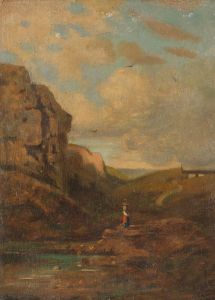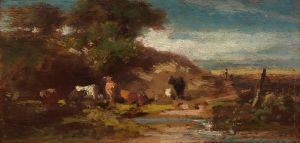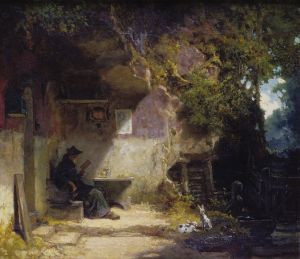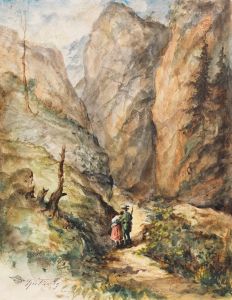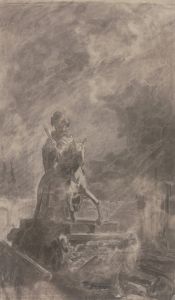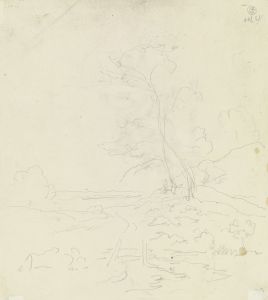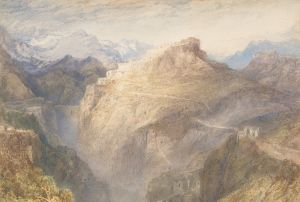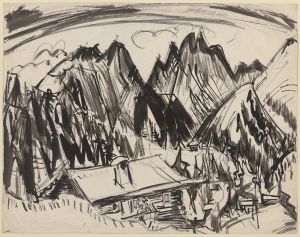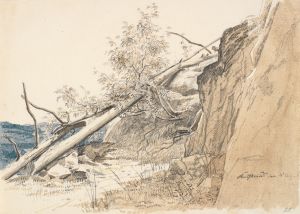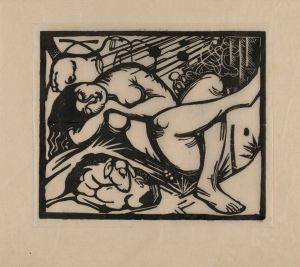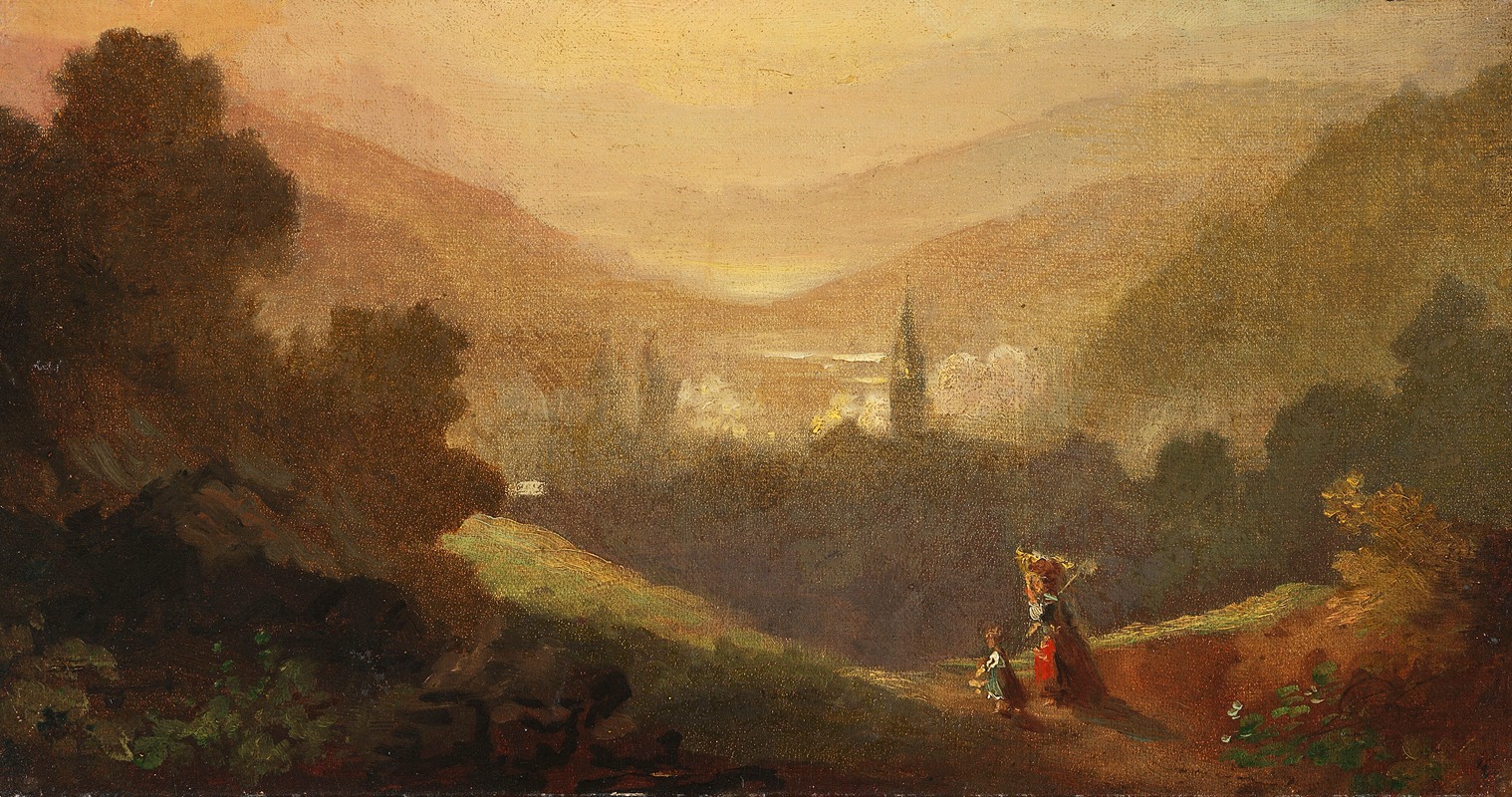
Berglandschaft mit Sennerin und Kind
A hand-painted replica of Carl Spitzweg’s masterpiece Berglandschaft mit Sennerin und Kind, meticulously crafted by professional artists to capture the true essence of the original. Each piece is created with museum-quality canvas and rare mineral pigments, carefully painted by experienced artists with delicate brushstrokes and rich, layered colors to perfectly recreate the texture of the original artwork. Unlike machine-printed reproductions, this hand-painted version brings the painting to life, infused with the artist’s emotions and skill in every stroke. Whether for personal collection or home decoration, it instantly elevates the artistic atmosphere of any space.
Carl Spitzweg's "Berglandschaft mit Sennerin und Kind" (Mountain Landscape with Dairymaid and Child) is a notable work by the German Romantic painter, who is renowned for his detailed and often humorous depictions of everyday life. Spitzweg, born in 1808 in Munich, was initially trained as a pharmacist but later turned to painting, becoming one of the most beloved artists of the Biedermeier period in Germany.
"Berglandschaft mit Sennerin und Kind" exemplifies Spitzweg's skill in capturing the serene beauty of rural life and the idyllic landscapes of the Bavarian Alps. The painting portrays a tranquil mountain scene, featuring a dairymaid, or "Sennerin," and a child, set against the backdrop of majestic peaks and lush greenery. This work reflects Spitzweg's fascination with the simplicity and harmony of rural existence, a common theme in his oeuvre.
Spitzweg's technique in this painting is characterized by his meticulous attention to detail and his ability to convey the atmospheric qualities of the landscape. The use of light and shadow in "Berglandschaft mit Sennerin und Kind" enhances the depth and realism of the scene, inviting viewers to immerse themselves in the peaceful ambiance of the mountains. The artist's palette, dominated by earthy tones and soft hues, further emphasizes the natural beauty of the setting.
The figures of the dairymaid and child are central to the composition, embodying the innocence and purity often associated with rural life. The dairymaid, dressed in traditional attire, is depicted with a gentle demeanor, suggesting a sense of contentment and connection with her surroundings. The child, possibly her own or a charge under her care, adds a touch of warmth and humanity to the scene, reinforcing the theme of familial bonds and the nurturing aspects of rural life.
Spitzweg's work is often celebrated for its narrative quality, and "Berglandschaft mit Sennerin und Kind" is no exception. The painting invites viewers to imagine the lives of its subjects and the stories that unfold within the picturesque landscape. This narrative element, combined with the artist's technical prowess, contributes to the enduring appeal of Spitzweg's paintings.
Throughout his career, Carl Spitzweg produced numerous works that captured the essence of 19th-century German life, and "Berglandschaft mit Sennerin und Kind" is a testament to his ability to blend realism with romanticism. His paintings often reflect a sense of nostalgia and a longing for a simpler, more harmonious existence, resonating with audiences both in his time and today.
Spitzweg's influence extends beyond his own era, as his works continue to be appreciated for their charm, wit, and insight into the human condition. "Berglandschaft mit Sennerin und Kind" remains a fine example of his artistic legacy, showcasing his unique ability to transform everyday scenes into timeless works of art.






